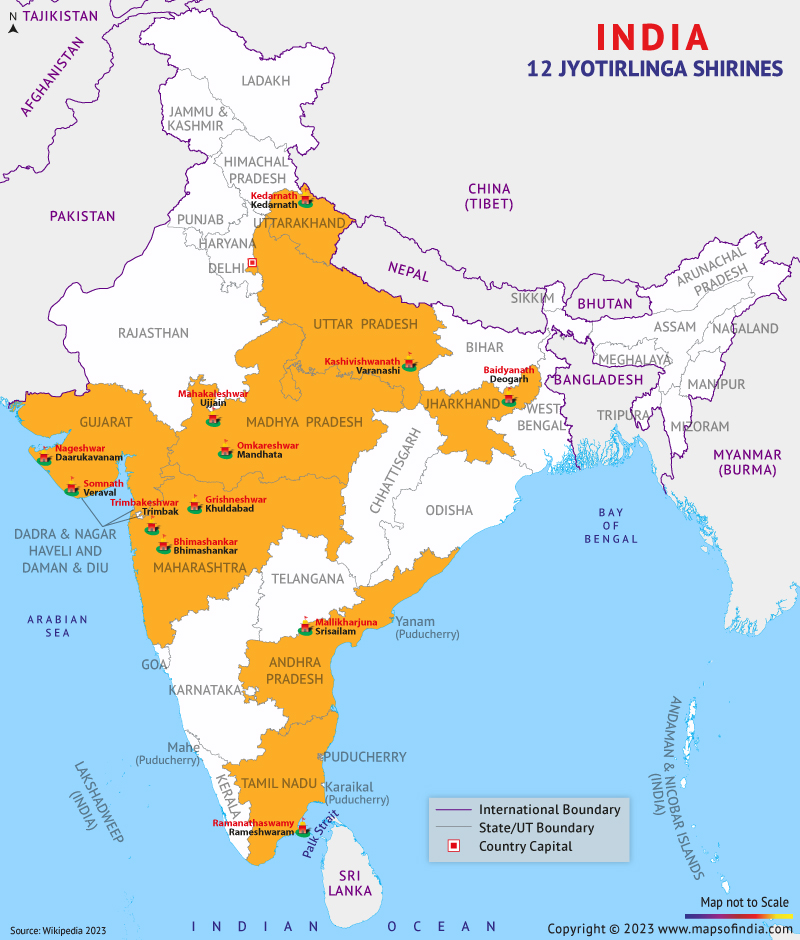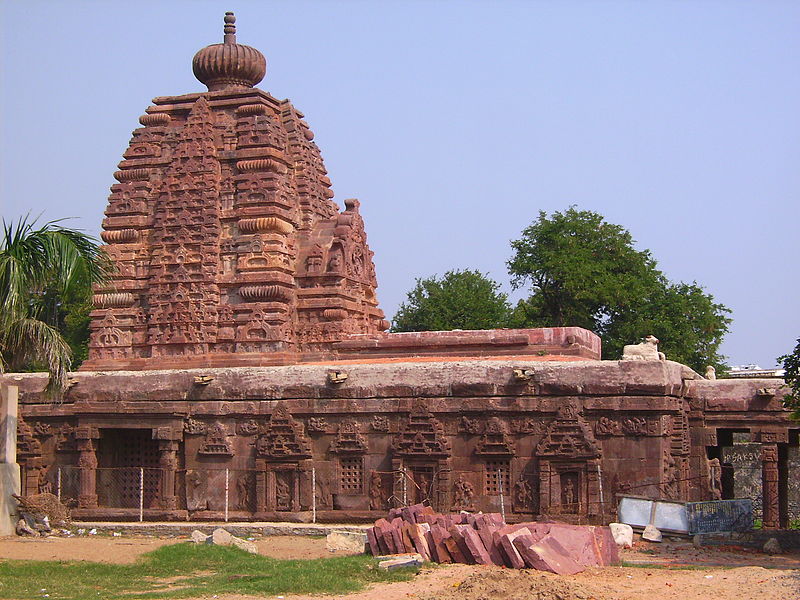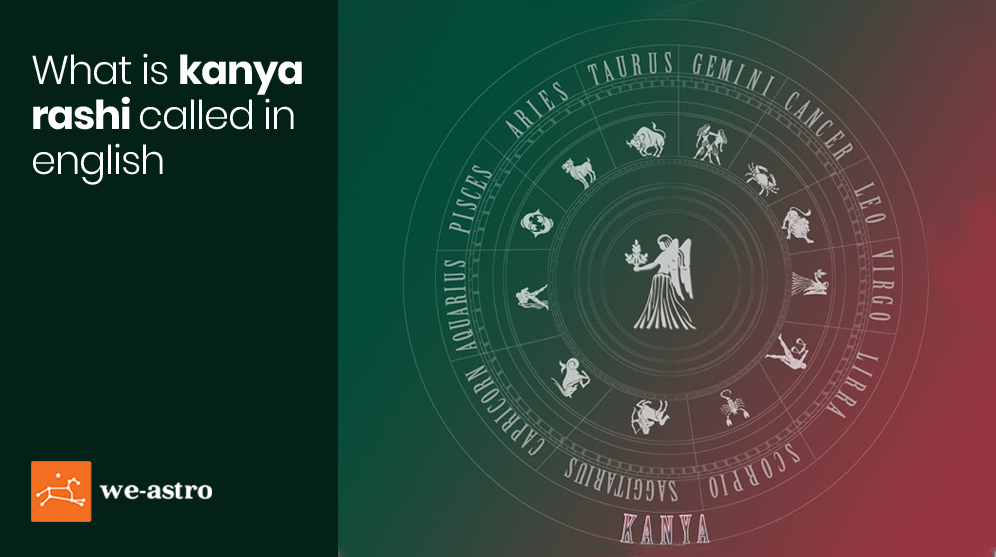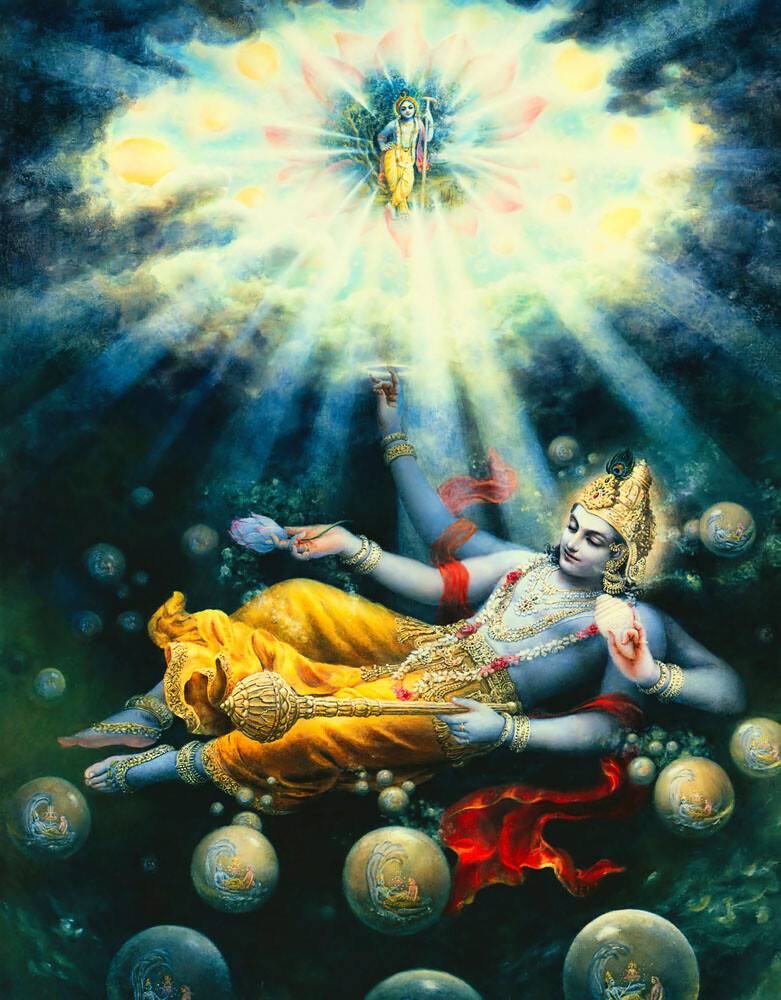Unveiling the Divine Path: A Spiritual Odyssey through the 12 Jyotirlinga Map
Discover sacred sites on the 12 Jyotirlinga map, tracing the divine abodes of Lord Shiva across India for spiritual awakening in the realm of Hinduism.

India, the land of spirituality and mysticism, has been a cradle of major religions for centuries. Among these, Hinduism stands out for its rich history, diverse traditions, and vibrant practices. One such revered concept in Hinduism is the 12 Jyotirlingas - the sacred manifestation of Lord Shiva. These divine abodes of Shiva are spread across the Indian subcontinent, and visiting them is considered highly auspicious by devotees.
According to Hindu mythology, the Jyotirlingas represent the radiant sign of Shiva, which appeared as a pillar of light to settle an argument between Brahma and Vishnu. The Jyotirlingas are not just places of worship, but also hold immense cultural and historical significance. They embody the eternal knowledge, devotion, and penance of countless sages and devotees who have meditated upon the Lord at these sacred sites.
While each Jyotirlinga has its own unique legend and significance, let's take a brief tour of these revered shrines. Starting from the northernmost part of India, Kedarnath, nestled in the Himalayas, is a pilgrimage that tests the faith and devotion of even the staunchest devotees. The treacherous terrain and harsh weather conditions make it an arduous journey. Moving down to the southern region, Rameshwaram is situated on Pamban Island, connected to the mainland by the impressive Pamban Bridge. This Jyotirlinga is associated with the epic Ramayana and is believed to have been consecrated by Lord Rama himself.
Coming to the western part of India, Somnath, located in Gujarat, is a majestic temple that has been rebuilt several times over the centuries. Its history is intertwined with invasions, plunder, and eventual resurrection. Trimbakeshwar, in Nashik, Maharashtra, is known for its unique architecture and association with the holy river Godavari. The eastern region is home to Baidyanath, in Deoghar, Jharkhand, which is revered as a place where Lord Shiva cured the demon king Ravana of an ailment.
Other Jyotirlingas include Mahakaleshwar in Ujjain, Madhya Pradesh, known for the Bhasmaarti ritual; Omkareshwar in Madhya Pradesh, situated on an island shaped like the sacred Om symbol; Bhimashankar in Maharashtra, nestled in the picturesque Sahyadri Mountains; Nageshwar in Gujarat, associated with the legend of Shiva slaying a demon; Mallikarjuna in Srisailam, Andhra Pradesh, where Lord Shiva is believed to have married Goddess Parvati; and finally, Vaidyanath in Parli, Maharashtra, which holds the distinction of being one of the rare Jyotirlingas that has a female deity, Goddess Parvati, accompanying Lord Shiva.
The 12 Jyotirlinga map is more than just a geographical representation of the sacred shrines; it is a spiritual journey that takes one across the length and breadth of India, offering glimpses into the rich tapestry of ancient traditions, legends, and the unwavering faith of millions of devotees. Embarking on this sacred pilgrimage is a soul-enriching experience that leaves an indelible imprint on one's spiritual consciousness.




